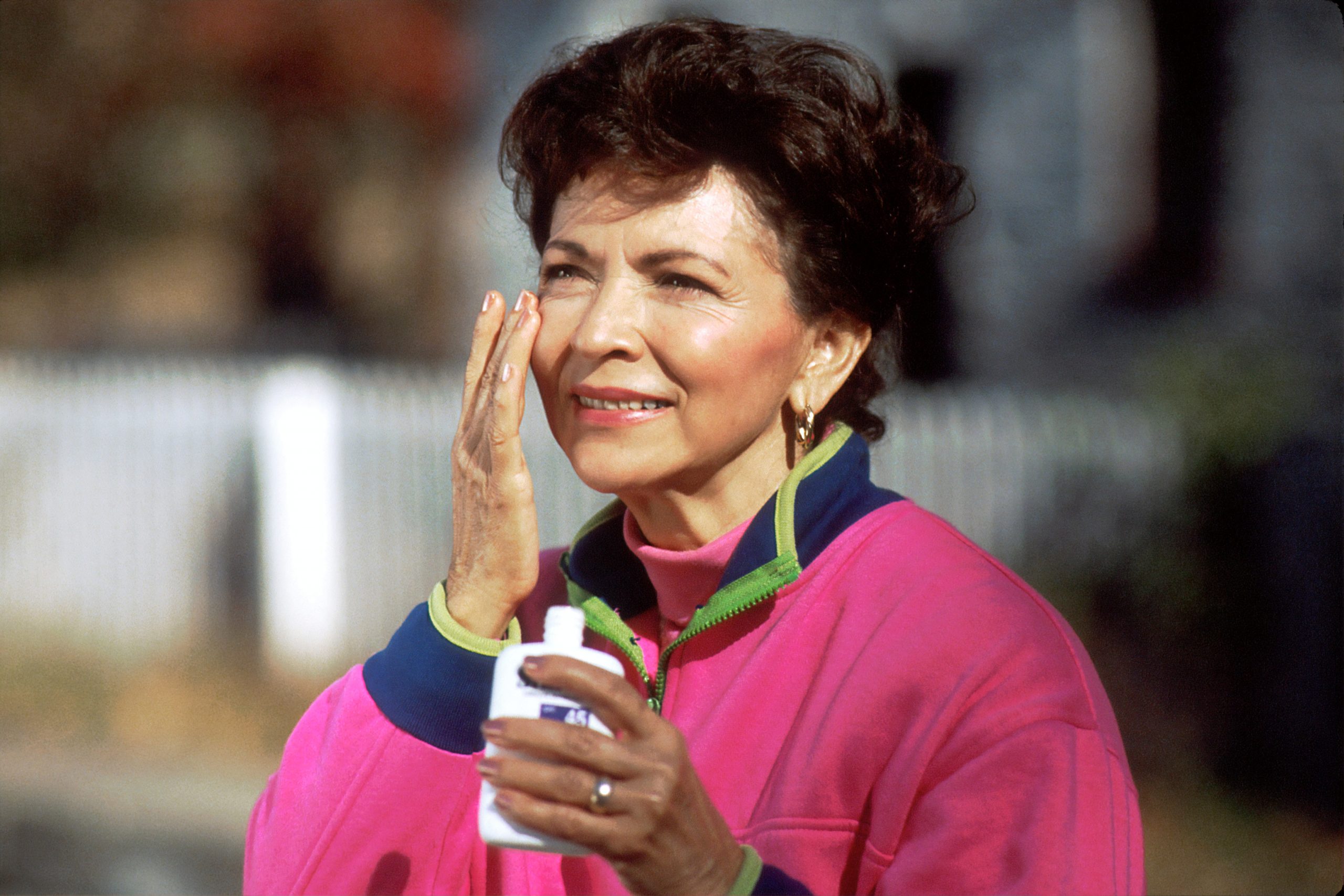
Skincare, skincare, skincare, it’s all we hear about.
And it’s not just day cream and night cream anymore. There are serums and retinol and acids. Yes, we’re putting acids on our faces now. And it seems pretty scary.
But worry not as we’re here to break down what you should be putting on your face and how you should be putting it on. We asked skincare expert, Alice Henshaw, Founder of Skincycles how to master your routine.
Here’s the correct order on how we should be doing our skincare routine.

Step 1 – Cleanse

The first step is to get rid of any makeup, dirt and pollution that accumulates on the skin. This is key before applying any other products as without this you can end up spreading bacteria all over your face, leading to breakouts and flare-ups.
You may want to use more of a gentle moisturising cleanser in the morning such as the Skincycles Hydrating Cleanser, as you’re simply refreshing the face. In the evening an exfoliating cleanser will help to remove heavier dirt and oils from makeup and daytime pollution.
Gently massage the cleanser upwards across the face – don’t forget the delicate skin on your decolleté and neck too. Massaging everything upwards helps to work against gravity, you don’t want to pull the skin downwards as this can contribute to sagging.
Try to keep exfoliation to a few times a week so that you don’t strip the skin of moisture.
Step 2 – Toning

After cleansing, go in with a toner that compliments your skin type, whether it be that you have dry skin and need to hydrate, acne and want to even out pores or hyperpigmentation and want to brighten, there is a toner for everyone. Toners also help to ensure the skin is completely clean before you apply your serums and moisturiser.
Skincycles Biodegradable Renewal Toning Pads are suitable for all skin types and help to refine skin texture and even out any blemishes. They also contain willow bark water which is a natural anti-inflammatory, so that helps to reduce redness.
Step 3 – Serums

Whilst the skin is still slightly damp, apply your serum. The damp skin will help to add another layer of hydration, especially if your serum contains a humectant like hyaluronic acid which draws water into the deeper layers of the skin.
During the daytime, it’s a good idea to choose serums that protect and brighten your skin, such as Niacinamide or Vitamin C which is an antioxidant, as this helps to protect against the free radicals in the environment that cause premature ageing.
Keep retinol use to your nighttime routine as this ingredient can affect your skin’s ability to protect itself from the sun. Anti-ageing serums are best used at night when they can fully work their magic on the skin without being disturbed. Exfoliating acids like AHA’s and BHA’s also work well at night as they can also increase your skin’s sensitivity to UV rays.
Step 4 – Moisturise/SPF

After applying your daytime serums, last but by no means least, apply a broad-spectrum SPF to protect your skin from premature ageing caused by sun damage. The Skincycles DNA Defence Shield has an SPF of 100+, which celebrities like Nicole Kidman swear by to keep their youthful glow. It’s non-comedogenic and has a matte finish, so won’t cause makeup to move around throughout the day.
During your nighttime routine, after applying your serums, instead of SPF you’ll want to apply a thicker moisturiser to lock in the hydration. Any anti-ageing creams are also great to use at night to really combat any damage done throughout the day and replenish moisture loss.




